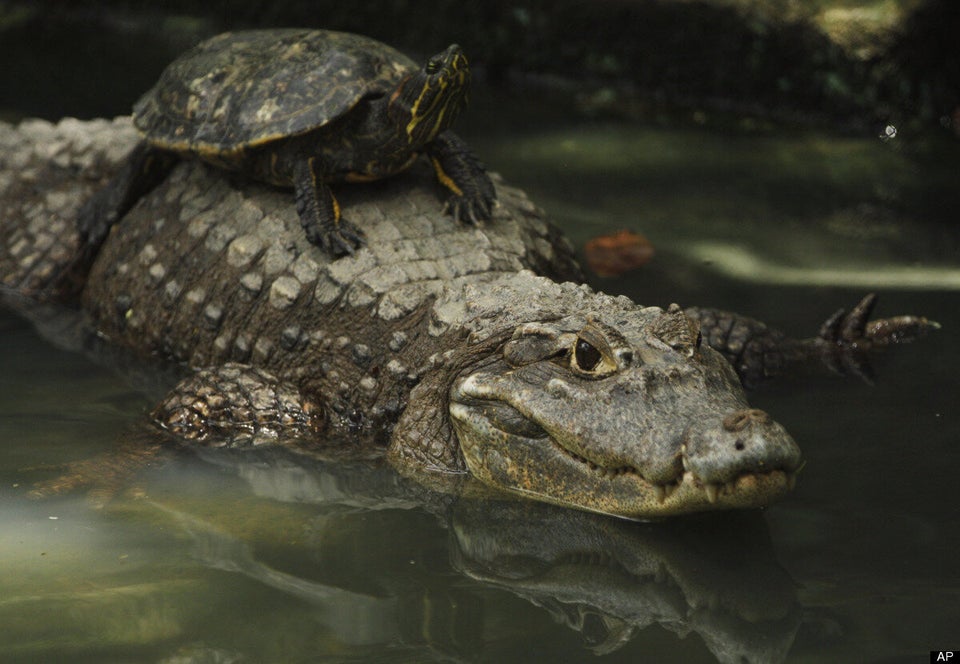
UPDATE: The City of Calgary now says a dead rat has been found in the Calgary community of Auburn Bay, according to The Canadian Press.
A man found his dog playing with the dead animal and told the Calgary Herald he originally thought it was a gopher, but when he learned of the dozens of rats found in the Medicine Hat landfill he went back for a second look.
It is suspected the rat was a pet.
What was originally believed to be a contained, small scale rat nuissance, now looks more like an all-out furry beachhead in proudly rat-free Alberta.
And the province is being anything but cuddly about the whole thing.
Officials tell The Calgary Sun that as of Thursday afternoon the province had already destroyed 77 of the critters and vow not to stop until all the scurrying has stopped.
“We’re not going to be the ones that bring down the province’s standing as rat-free,” Brandy Calvert, a spokesperson for the city of Medicine Hat, told the Sun.
“We are determined and the province is determined that this will be taken care of.”
The Alberta government announced on Wednesday that 19 Norway rats had been found and destroyed at a Medicine Hat landfill last week.
But the fight may be far from over, as the Calgary Herald is now reporting the total number of the critters may be in the hundreds.
“We’re going to estimate that this infestation is small rather than large, and by small we mean several hundred rats as opposed to thousands,” said Vaughn Christensen, manager with Alberta Agriculture and Rural Development, told the Herald.
Alberta’s rat-free status claim extends from the rat eradication program, which was implemented in the early 1950s following an outbreak of Norway rats near Alsask, in central Alberta, according to Alberta Agriculture's website.
On the program's anniversary in 2002, the government estimated that $1 billion has been saved over 50 years in potential property damage, livestock losses, human suffering and health care, as well as lost and contaminated food.
The province says one pair of rats can thrive and begin a chain reaction of breeding that can produce as many as 15,000 offspring by the end of a year, as long as they are close to food and sheltered from the weather and predators.
-With Files From CP.
